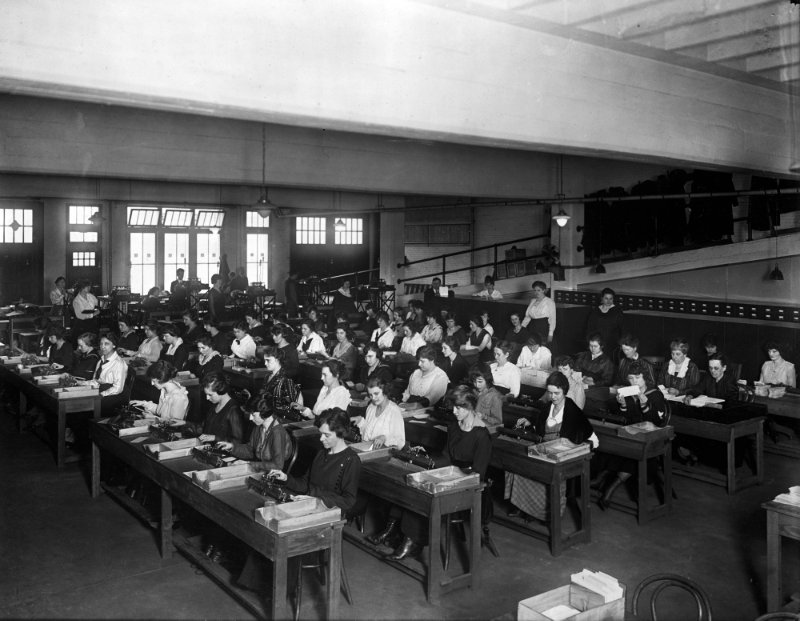A computer is a counter
Normally was a person that did calculations
Sometimes with the help of mechanical devices
During the 2nd World War people invented electronic computers
So, computers are devices handling numbers
September 21st, 2017
A computer is a counter
Normally was a person that did calculations
Sometimes with the help of mechanical devices
During the 2nd World War people invented electronic computers
So, computers are devices handling numbers

Don’t worry
Using numbers we can represent other things
In my country kids play this game:
They change vowels A, E, I, O, U by the numbers 1, 2, 3, 4, 5
Then they write H2LL4
Using the same idea we can represent any text
… that we have represented sounds by signs for centuries
The key word here is represent
There are three things in the Universe
Information can be put in digital (numeric) form
not yet
Computers handle numbers
Numbers represent information
Computers can transform and transfer information
Who invented computers?
Do you have a computer at home?
What do you use it for?
First usage of electronic computers was to solve complex equations
This approach enabled landing on the moon
Let’s find the value \(x\) that satisfies \[24x^3-70x^2+19x+15=0\]
Let us put a name to the formula. Let’s call it \(f(x)\). \[f(x) = 24x^3-70x^2+19x+15\]
We want to find \(x\) that makes \(f(x)=0.\) We can write \[f(x) = (24x^2-70x+19)x+15\] or even \[f(x) = ((24x-70)x+19)x+15\]
We solved a complex mathematical question using a simple set of rules
This decomposition in simple steps is called a program
In this exercise we used
Many different questions can be solved with the same rules
It is just a matter of changing the program
First electromechanical computers were like us: A sequence of devices, each one feeding the next
Changing the program required physical change of pieces
John Von Neuman realized that the set of steps can be also stored in memory (coded as numbers, obviously)
We only need to include
This is called Central Process Unit (CPU)
Since old times physical tools are called hardware
That includes al the physical parts of the computer (what you can kick)
Programs determine the function of the computer, but they are not “physical”.
That is software (what you can only insult)
All cell components are hardware
The sequence of the DNA is the software
Is a general purpose device that can
Changing the program changes the purpose of the machine